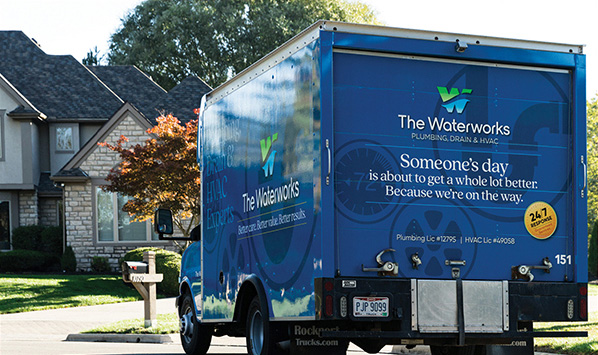Let’s talk water conservation
Did you know the cost of water across the US has risen 33% since 2010? And, the cost of sewage has kept pace as well. An astounding 13.7% of our total water use is leakage: running toilets, dripping faucets and garden hoses, etc. This equates to both water and your hard earned money going down the drain!
Detecting leaks in your home
- A good method to check for leaks is to examine your winter water usage. It’s likely that a family of four has a serious leak problem if its winter water use exceeds 12,000 gallons per month.
- Check your water meter before and after a two-hour period when no water is being used. If the meter does not read exactly the same, you probably have a leak.
- One way to find out if you have a toilet leak is to place a drop of food coloring in the toilet tank. If the color shows up in the bowl within 15 minutes without flushing, you have a leak. Make sure to flush immediately after this experiment to avoid staining the tank.
Easy, inexpensive repairs you can make
Leaky faucets
- A leaky faucet that drips at the rate of one drip per second can waste more than 3,000 gallons per year. That’s the amount of water needed to take more than 180 showers!
- Leaky faucets can be fixed by checking faucet washers and gaskets for wear and replacing them if necessary. If you are replacing a faucet, look for the WaterSense label.
Leaky showerheads
- A showerhead leaking at 10 drips per minute wastes more than 500 gallons per year. That’s the amount of water it takes to wash 60 loads of dishes in your dishwasher.
- Most leaky showerheads can be fixed by ensuring a tight connection using pipe tape and a wrench. If you are replacing a showerhead, look for one that has earned the WaterSense label.
Toilets
- If your toilet is leaking, the cause is often an old, faulty toilet flapper. Over time, this inexpensive rubber part decays, or minerals build up on it. It’s usually best to replace the whole rubber flapper—a relatively easy, inexpensive do-it-yourself project that pays for itself in no time.
- If you do need to replace the entire toilet, look for a WaterSense labeled model. If the average family replaces its older, inefficient toilets with new WaterSense labeled ones, it could save 13,000 gallons per year. Retrofitting the house could save the family nearly $2,400 in water and wastewater bills over the lifetime of the toilets.
Plumbing emergency? We respond any time!






